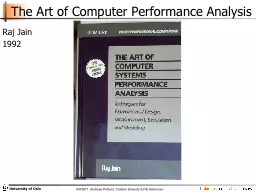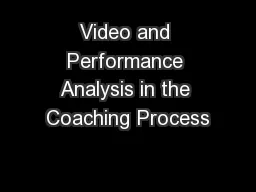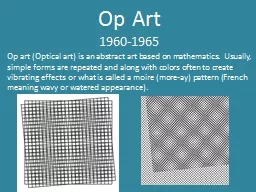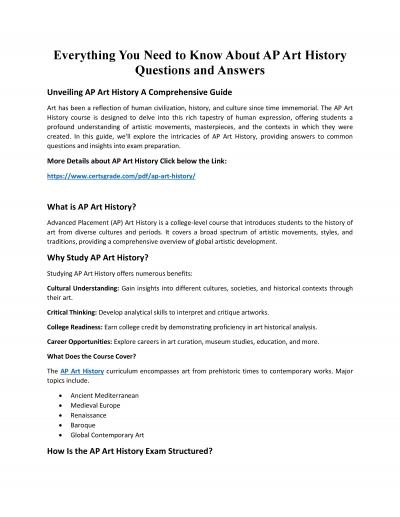PPT-The Art of Computer Performance Analysis
Author : luanne-stotts | Published Date : 2017-07-23
Raj Jain 1992 Simulation Where is simulation located in the system evaluation ecosystem analysis simulation emulation evaluated prototype evaluated deployed system
Presentation Embed Code
Download Presentation
Download Presentation The PPT/PDF document "The Art of Computer Performance Analysis" is the property of its rightful owner. Permission is granted to download and print the materials on this website for personal, non-commercial use only, and to display it on your personal computer provided you do not modify the materials and that you retain all copyright notices contained in the materials. By downloading content from our website, you accept the terms of this agreement.
The Art of Computer Performance Analysis: Transcript
Download Rules Of Document
"The Art of Computer Performance Analysis"The content belongs to its owner. You may download and print it for personal use, without modification, and keep all copyright notices. By downloading, you agree to these terms.
Related Documents














